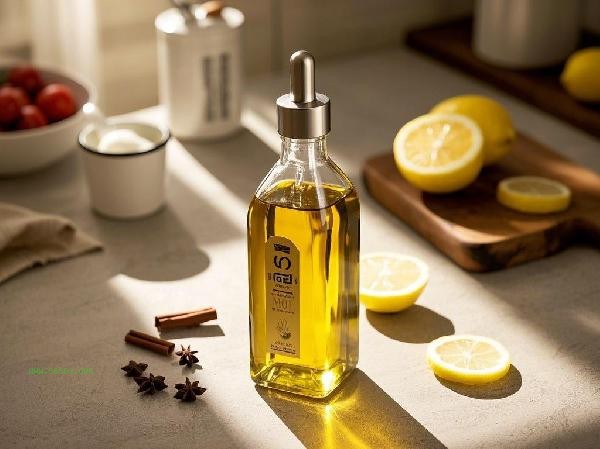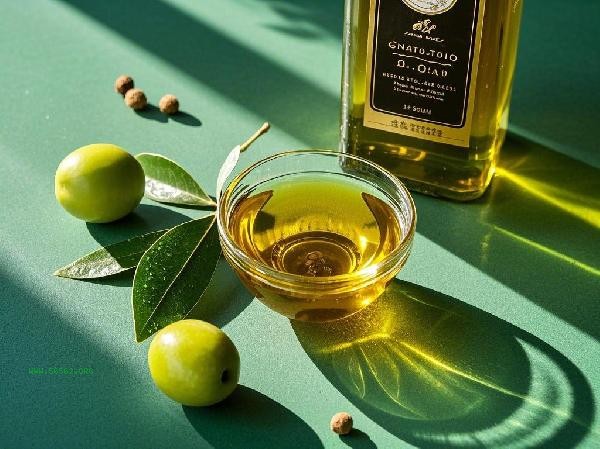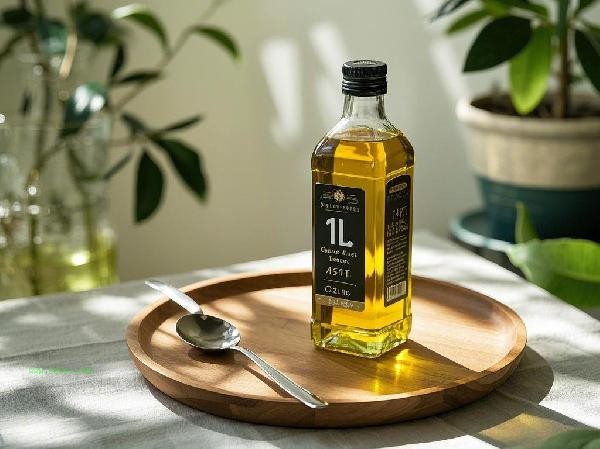Olive oil is more suitable for cold dishes, and when stir frying at high temperatures, it is recommended to choose refined olive oil or edible oils with higher smoke points. The nutritional value preservation of olive oil is closely related to cooking methods, mainly influenced by factors such as monounsaturated fatty acid stability, vitamin E antioxidant activity, polyphenolic substance heat resistance, smoke point differences, and flavor preservation.

The monounsaturated fatty acids in olive oil are relatively stable at high temperatures, but virgin olive oil contains more volatile aromatic compounds and antioxidant components, and prolonged high temperature heating can cause these components to decompose. Cold dressing can maximize the retention of polyphenols and vitamin E in olive oil, which are beneficial for cardiovascular health. The smoke point of virgin olive oil is usually between 160-190 degrees, and harmful substances can be produced beyond the smoke point, while the smoke point of refined olive oil can reach around 240 degrees.

Refined olive oil undergoes deacidification and decolorization treatment. Although some nutrients are lost, it is more suitable for high-temperature cooking such as Chinese stir frying. Directly pouring freshly squeezed olive oil onto salads or cold dishes can highlight the fruity flavor and minimize nutrient loss. If using virgin olive oil for stir frying, it is recommended to use low-temperature fast frying method to avoid oil temperature exceeding 180 degrees. For special groups such as diabetes patients who use olive oil in cold dressing, the total amount of olive oil should be controlled to prevent excessive heat.

When using olive oil in daily life, attention should be paid to storing it in a dark and sealed manner. After opening, try to use it up within 3 months. Cold dishes can be paired with lemon juice to enhance antioxidant effects, and olive oil can be mixed with other high smoke point oils when cooking at high temperatures. It is recommended to choose olive oil with different degrees of processing according to specific cooking needs, and control the total daily consumption of oil within the range of 25-30 grams. Maintaining dietary diversity is more conducive to nutritional balance.








Comments (0)
Leave a Comment
No comments yet
Be the first to share your thoughts!